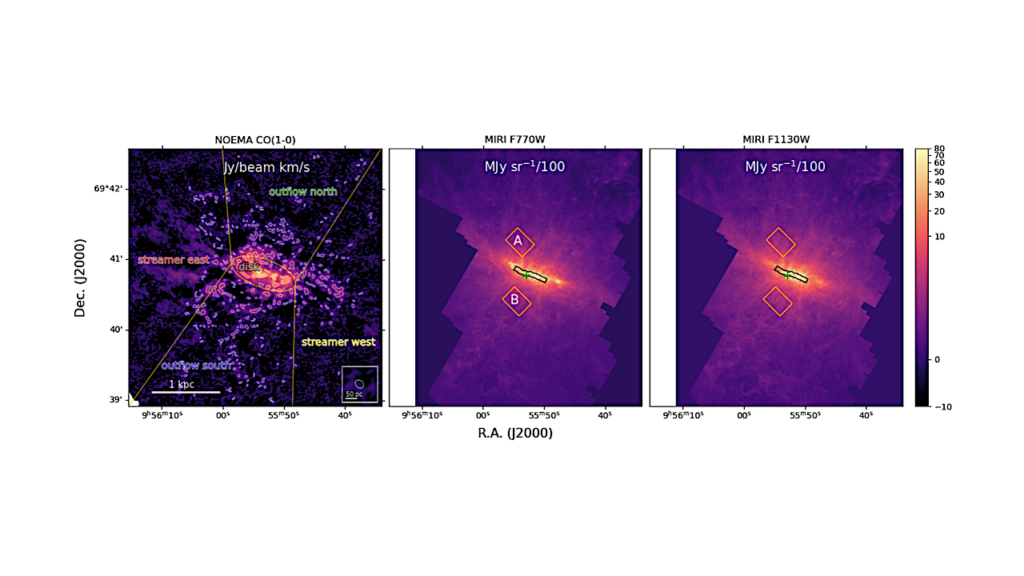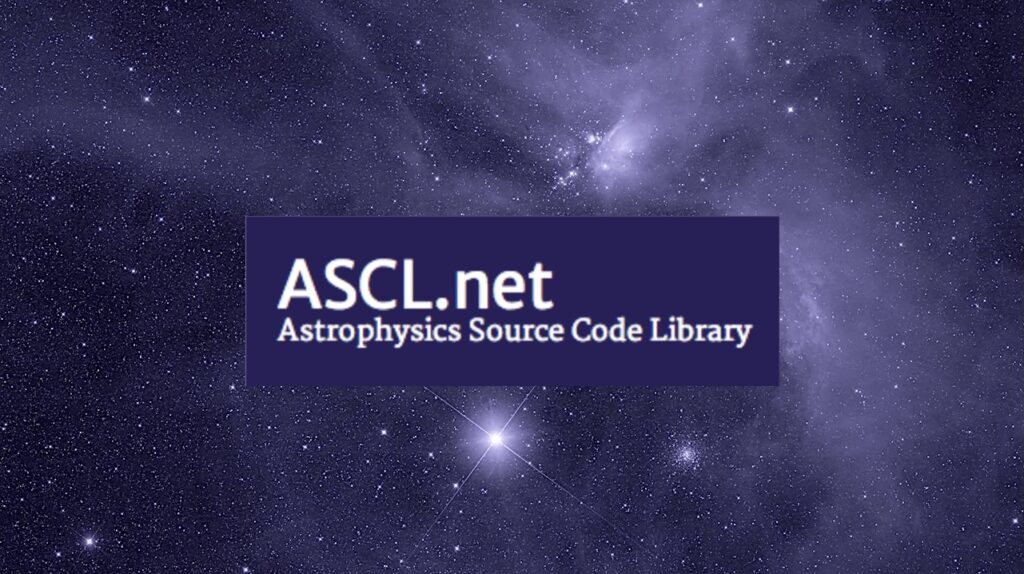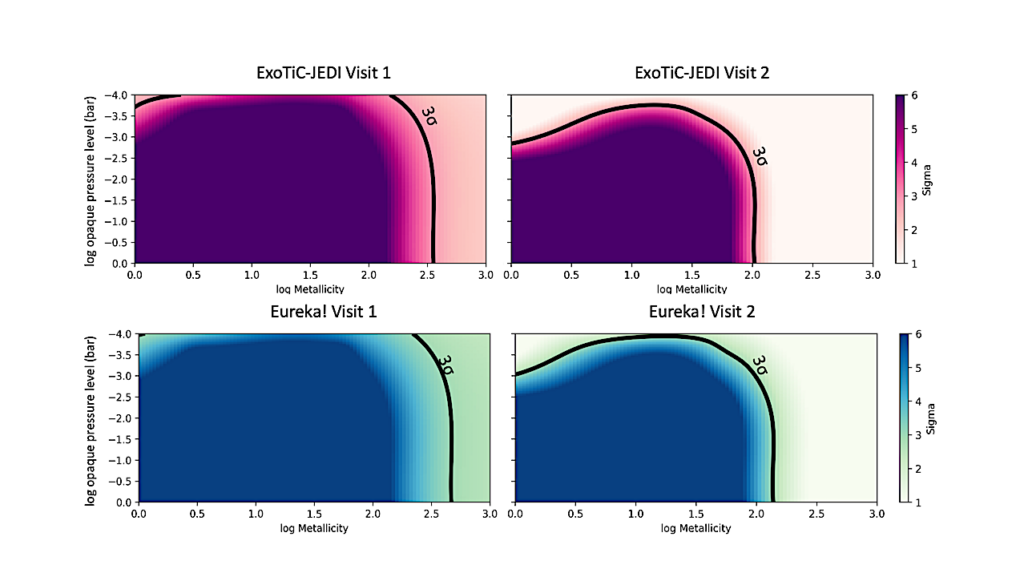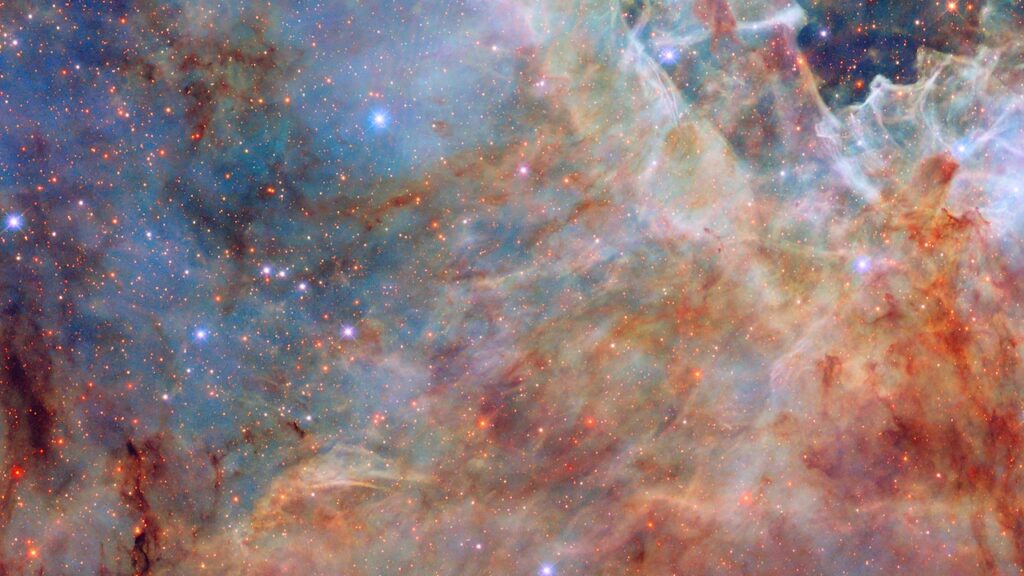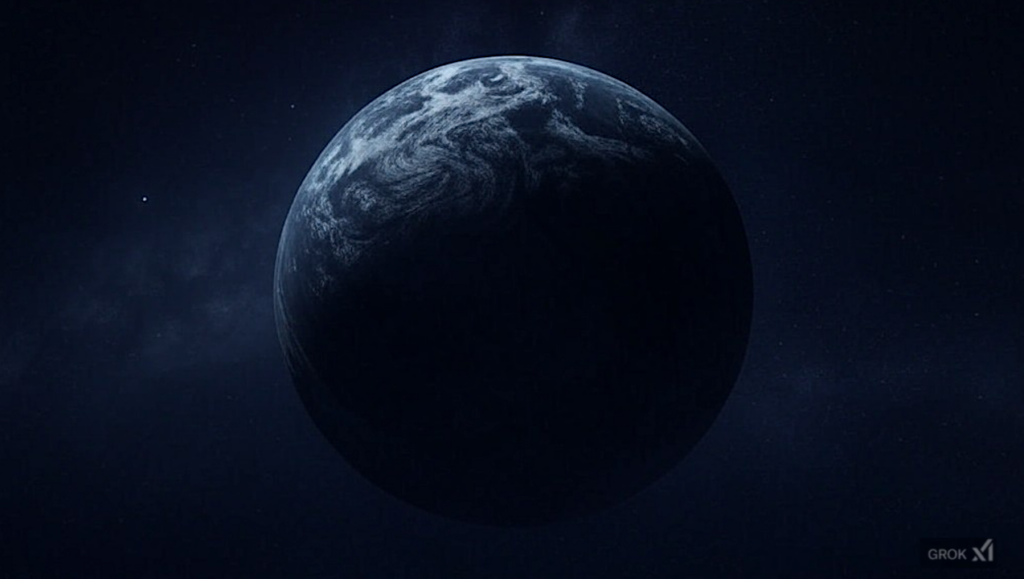Earth As A Transiting Exoplanet: A Validation Of Transmission Spectroscopy And Atmospheric Retrieval Methodologies For Terrestrial Exoplanets

The James Webb Space Telescope (JWST) will enable the search for and characterization of terrestrial exoplanet atmospheres in the habitable zone via transmission spectroscopy.
However, relatively little work has been done to use solar system data, where ground truth is known, to validate spectroscopic retrieval codes intended for exoplanet studies, particularly in the limit of high resolution and high signal-to-noise (S/N). In this work, we perform such a validation by analyzing a high S/N empirical transmission spectrum of Earth using a new terrestrial exoplanet atmospheric retrieval model with heritage in Solar System remote sensing and gaseous exoplanet retrievals.
We fit the Earth’s 2-14 um transmission spectrum in low resolution (R=250 at 5 um) and high resolution (R=100,000 at 5 um) under a variety of assumptions about the 1D vertical atmospheric structure. In the limit of noiseless transmission spectra, we find excellent agreement between model and data (deviations < 10%) that enable the robust detection of H2O, CO2, O3, CH4, N2, N2O, NO2, HNO3, CFC-11, and CFC-12 thereby providing compelling support for the detection of habitability, biosignature, and technosignature gases in the atmosphere of the planet using an exoplanet-analog transmission spectrum.
Our retrievals at high spectral resolution show a marked sensitivity to the thermal structure of the atmosphere, trace gas abundances, density-dependent effects, such as collision-induced absorption and refraction, and even hint at 3D spatial effects. However, we used synthetic observations of TRAPPIST-1e to verify that the use of simple 1D vertically homogeneous atmospheric models will likely suffice for JWST observations of terrestrial exoplanets transiting M dwarfs.
Jacob Lustig-Yaeger, Victoria S. Meadows, David Crisp, Michael R. Line, Tyler D. Robinson
Comments: 37 pages, 14 figures, 9 tables. Accepted for publication in PSJ
Subjects: Earth and Planetary Astrophysics (astro-ph.EP); Instrumentation and Methods for Astrophysics (astro-ph.IM)
Cite as: arXiv:2308.14804 [astro-ph.EP] (or arXiv:2308.14804v1 [astro-ph.EP] for this version)
Submission history
From: Jacob Lustig-Yaeger
[v1] Mon, 28 Aug 2023 18:00:14 UTC (21,760 KB)
https://arxiv.org/abs/2308.14804
Astrobiology,


